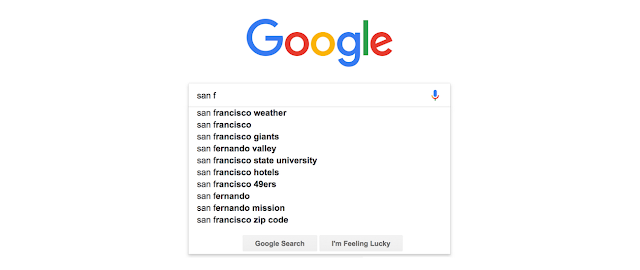How to Take Screenshots with Selenium WebDriver

While performing manual testing we often take screenshots of the broken pages or bugs to use them as evidence and they are very useful in convincing the developers. Similarly, in automation Selenium provides us the commands to capture screenshots of the webpages. In this tutorial, we will learn to take full screenshots and partial screenshots of the webpage which is currently under test. We can also write some code logic to capture screenshots on every failure screen. That's a bit advanced-level concept. But in this post, we'll learn to take screenshots whenever we want. We also have to do some file-handling operations while taking and saving screenshots with Selenium WebDriver. Table of Contents:









.png)



